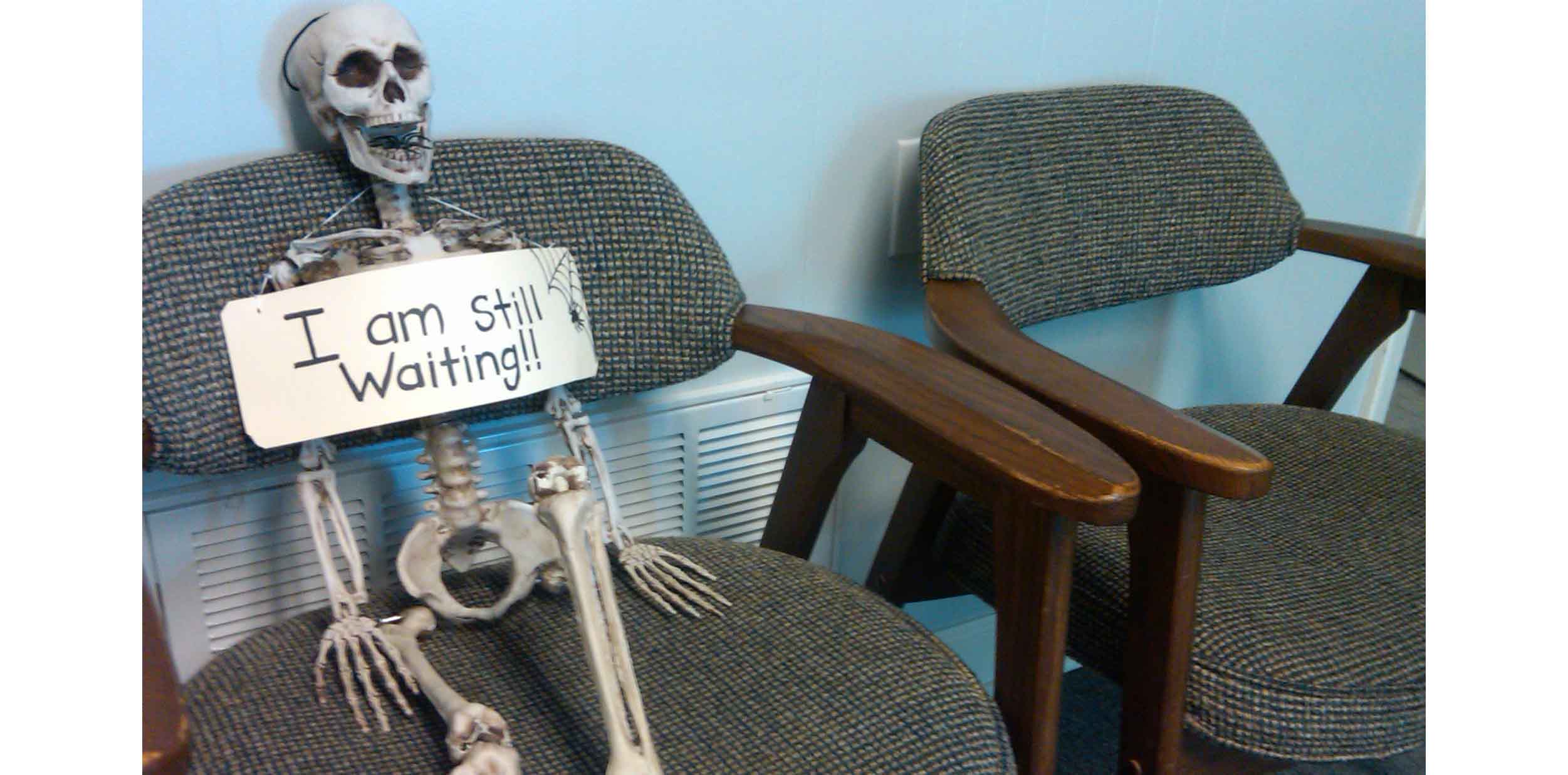Our healthcare system is brilliant at absorbing new ideas, and then doing nothing much with them. Is patient-centric care just another example of this?
Do you offer patient-centric care? Or did that phrase just make you roll your eyes?
A panel at the Wild Health Summit (part of The Medical Republic) in Sydney late last month debated the promise and the reality of patient-centric care. Moderated by Tim Blake of Semantic Consulting, the discussion identified the limitations as well as benefits of this way of thinking.
Professor Erwin Loh, group chief medical officer at St Vincent’s Health, compared putting the patient at the centre of things to one of the great paradigm shifts of all time, from the geocentric model to the heliocentric.
“We need to move away from the traditional model where we’re treating diseases – ‘this person is a diabetic’ – to caring for a patient and reminding people they’re not widgets on a factory line.
“It’s easy for clinicians to say we’re fighting a battle to kill the disease, so there may be casualties – i.e. the patient may suffer. We need to move beyond that.”
Healthshare’s Rami Weiss said patients were taking a more active interest in their own healthcare, and said the tendency of patients to self-diagnose with the help of Dr Google was not a bad thing – that in fact it made for a better-quality consultation.
Bettina McMahon, chief operating officer of strategy and delivery at the Australian Digital Health Agency, said the realtime prescription monitoring system SafeScript was an example of healthcare that was important but which patients wouldn’t have asked for.
Healthily’s Dr George Margelis, an adjunct associate professor at the University of Western Sydney, said doctor burnout and exhaustion meant that the system needed to be kinder to doctors, not just patients.
Telstra Health managing director Mary Foley said the term patient-centric was overused, and said sometimes health needed to be focused on populations and data, not individuals.
“We also need standardisation, you want right care protocols at the right time,” she said. “This is the intervention for this group that has the most benefit, weighing risk and harm – that is also part of medicine. I personally don’t find the mantra of patient-centricity necessarily a helpful way to think about these questions.”
But it was Matiu Bush, senior strategist in business innovation at Bolton Clarke and deputy director of the Health Transformation Lab at RMIT University, who cut through the cant most effectively.
“There are about 60,000 things that can go wrong with a human body, 6000 drugs and 4000 procedures you can do – patients can’t be across that,” he said. “Healthcare is complex and cannot be simplified.
“You can’t make a dormitory with 50 people in it human-centric – it’s always going to be a shitful experience and no amount of AI or soft furnishings can change that.”
Mr Bush recommended all practitioners follow their patients on social media, since many documented their medical journeys very frankly, providing clues how to improve the experience.
He also advocated sacking mean and grumpy staff, despite the “truckload of grief” that had earned him in a previous role.
“Start at the front door: start with the cleaners and the admin staff, and if you improve them you’re well on the way to improving your entire culture,” he told The Medical Republic after the debate.
“They’re the face of the organisation. I made a point of recruiting from the airline industry to the front desk, and anyone who wasn’t up to a set of services standards was actively performance-managed out. An admin person shouldn’t make you cry because you’ve come to the wrong clinic for your appointment, but that happens daily.”
He said patient-centricity was a buzzword that had been around a long time.
“We’re fatigued,” he said. “It’s been around for years, and there are new ones such as transformation and disruption and innovation, and what healthcare is brilliant at is absorbing them and doing nothing with them.
“We need to look at how people experience our health services from the five senses: what do they see, hear, taste, touch and smell? That starts with interior design, acoustic barriers, playing music so you don’t hear the person in the consult room next to you, providing tea and coffee, nice spaces to sit in, greenery etc.
“We just jump to technology, which is a mistake. You can have a great app, but if you’re sitting in a shitty waiting room that makes you feel even worse, we’ve failed.”


